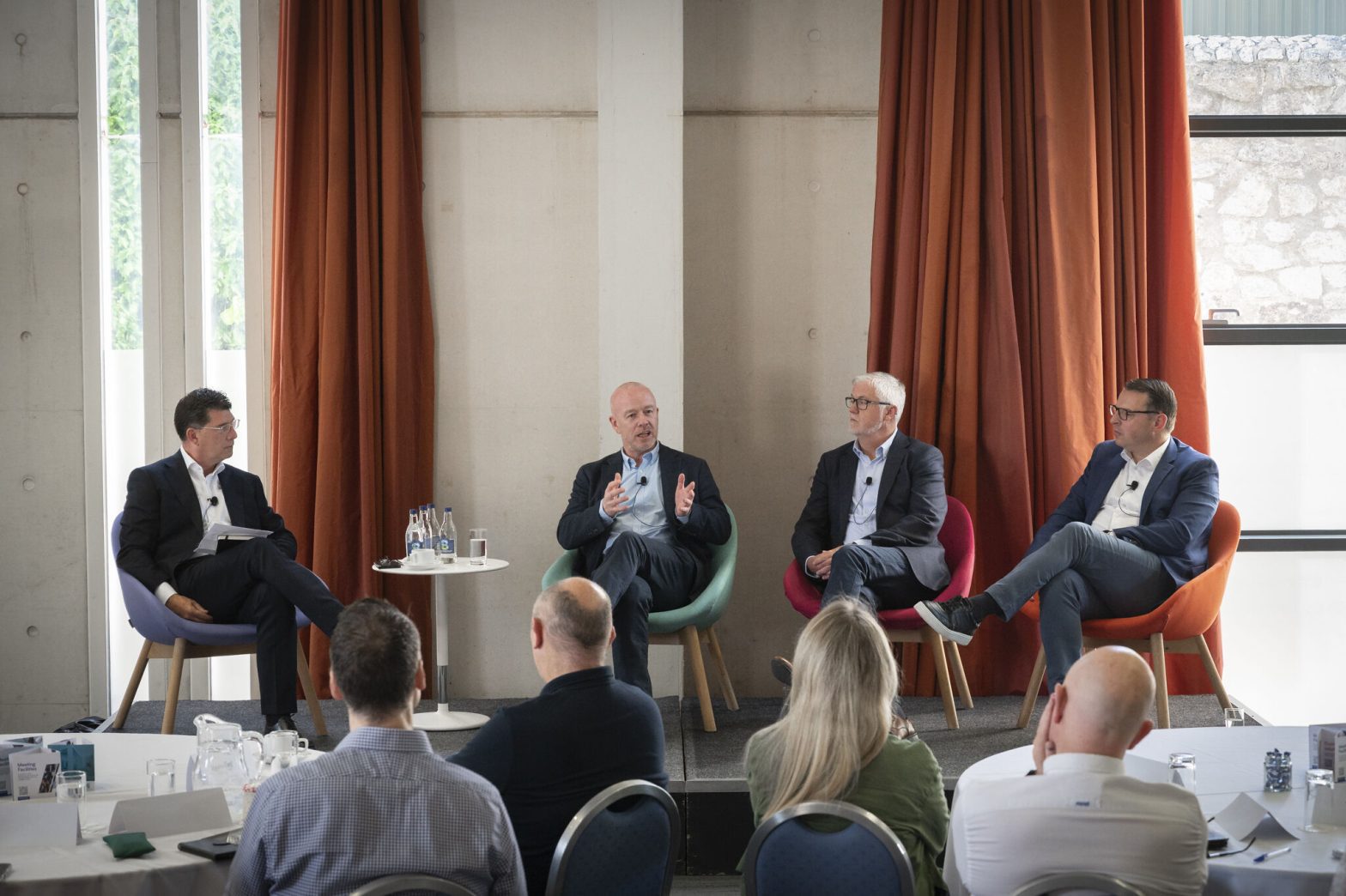Building Team Collaboration in a Virtual World
By Colm Finnegan | 30th October 2020
Reflections on what leaders need to consider when building collaborative behaviours and a sense of connection within their virtual team.
Covid19, science, and human nature have “collaborated” to mean that for the foreseeable future we will occupy a virtual or hybrid working environment. Over the last few months, as this realisation has hit everyone, I have been told by people leaders that their people acknowledge a feeling of disconnect from their team. Recent research carried out on behalf of the University of Limerick, Kemmy Business School found that 51% of all employees reported feeling less connected to their teams.
As people balance work and other home commitments (and distractions), many have found themselves paying attention to their own piece of the work puzzle rather than thinking about their input to the broader team and organisational picture. In addition, many cross-team initiatives were either put on hold or stepped back which has further affected the opportunities for collaboration and connectedness.
The theme of collaboration gets a lot of attention in organisational and leadership circles and whilst a desire to increase collaboration is noble – there may be a need to be clear about why, or if, it is important for your team.
The following section contains elements to consider if you want to bring a sense of connection and greater collaborative behaviours to the larger team when seeking to achieve the organisation’s goals.
Why Collaboration?
Start by clarifying what collaboration means for you and your team.
The Cambridge definition of collaboration as – the situation of two or more people working together to create or achieve the same thing, or the act of working together with other people or organisations to create or achieve something.
Making everyone say something at the team meeting is not collaboration and may leave some team members dreading your team meetings! Harassing an individual contributor, whose work is very specialised and individual, may prompt them to find another place of work and lose their expertise.
Start by considering the following questions –
- What does Team mean now? What makes your team “a Team“? The purpose of this is to clarify if there still interdependencies in achieving team goals or is this a group of individual contributors and they are called a Team simply to fit in an organisational model.
- Why do you need collaboration? Asking this question will check that you are not just ticking a box off but know that collaboration is needed to solve business challenges.
Time to make some lemonade
If you are like many leaders who haven’t led a remote team before you may not know “how” to build that collaboration in the current virtual/hybrid environment because you haven’t been here before. Many leaders I have spoken to over the last number of months added additional pressure or expectation on themselves from thinking that they, as the leader, have to have the solution.
You’ve heard the saying – when life gives you lemons, make lemonade. So, consider stepping back to see this as a development opportunity – both for your people – and for yourself. You have already developed your leadership capability in supporting your people to going remote and using technology in a new way. As you develop your team’s collaboration in the coming weeks and months you will have expanded your leadership toolkit even more.
So how might you build on this development opportunity?
That feeling that you must have the solution, mentioned earlier, which comes in many leaders from their desire to help, can prompt a return to Telling your team how to do it. Firstly, I don’t think anyone can “tell” their people to “be more collaborative” (try it on kids, teenagers especially and see how that goes!). I believe the leader’s role is to create the environment so that people generate that collaborative experience themselves.
The focus of my work with leaders is on their conversations and I think this will require a particular approach to the conversations that leaders have with their teams on an individual and team basis. Consider some of the following –
- Start by giving your team a worthwhile problem to be solved (by worthwhile I mean something that is a real business challenge and that they have a vested interest in).
- Set a timeline and a broad outline of what would be a good milestone – for example, to present back your ideas at our team meeting in three weeks’ time.
- Ask what they need from you to help them.
- As part of this, demonstrate some tools that might help – some suggested online tools are in the sidebar.
The act of asking your team to develop how they can collaborate is already creating collaboration!
- When hearing back the ideas, take the opportunity to help them review the process they used – ask some more questions –
- “How did you work together on this?”
- “What worked well?”
- “What would you want to improve on your approach in the next stage?”
- Through this approach, you are developing the capability of your team to collaborate rather than follow instructions.
- If necessary, build slowly.
- As your team collaborates towards finding solutions to real problems, it will reveal the ways that collaboration works for your teams, in your given business, in your given situation.
Humans are collaborative – trust that your people can find ways to bring that to the fore. They need a worthwhile focus – if the question to be solved is important enough then people will find a way.
Tools & Tips:
If you want to create a shared online space where individuals and simultaneously share ideas and see progress on a project, then Mural or Padlet are both worth trying out. Both provide a central online board and group members can share, vote on, or expand ideas. www.mural.com www.padlet.com
Tip: Unless your team is involved in IT or Agile projects already, they may not have actively used these tools so a good way to introduce it is for you as the leader to use it on one of your team meetings – do some small exercise such as gather ideas or inputs, play a game, etc just so that people see and experience it. They are then more likely to see its potential to use in how they collaborate among themselves. This also shows the leader is willing to try new things and lead by doing (make sure you have played around with any new technology yourself beforehand)
If you are a project manager, the following tips might be worth exploring from thedigitalprojectmanager.com






